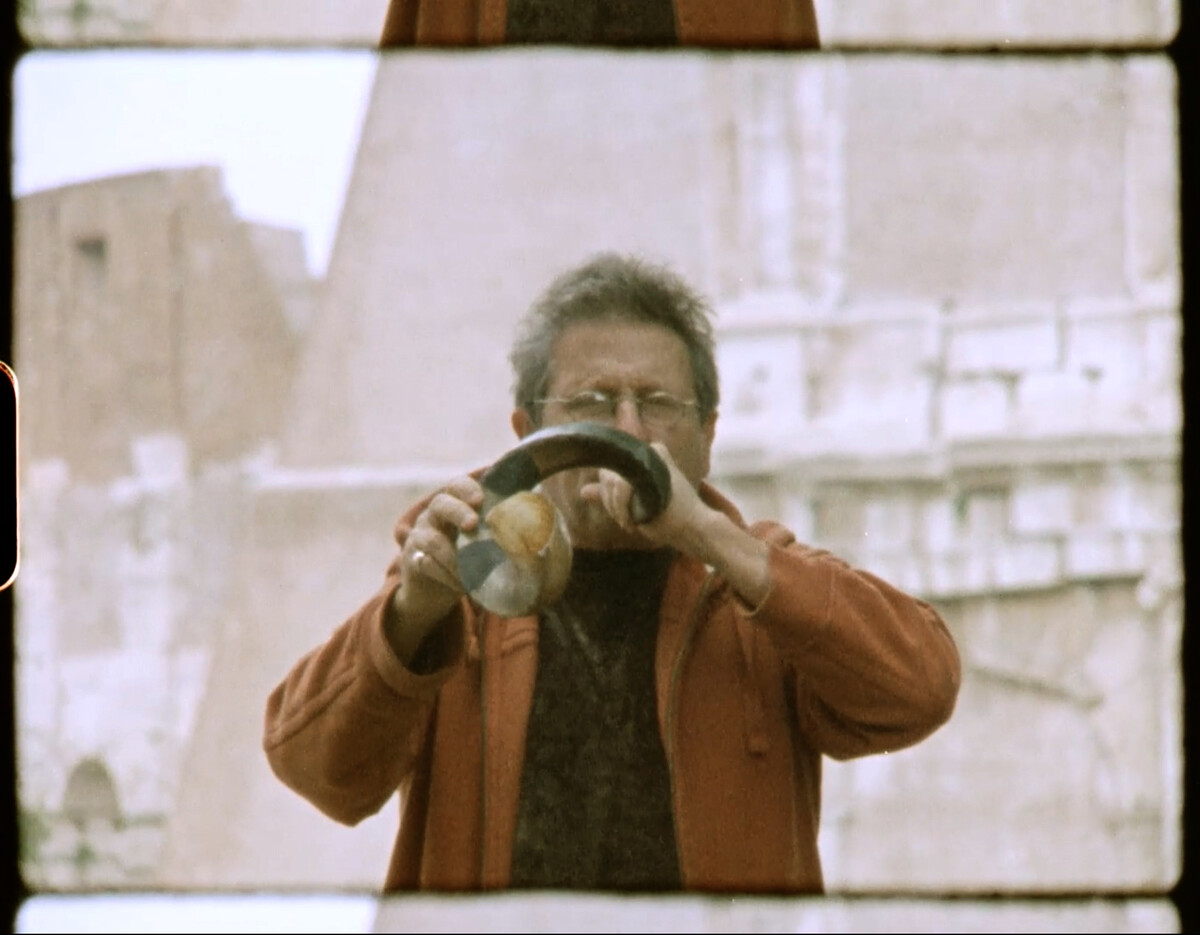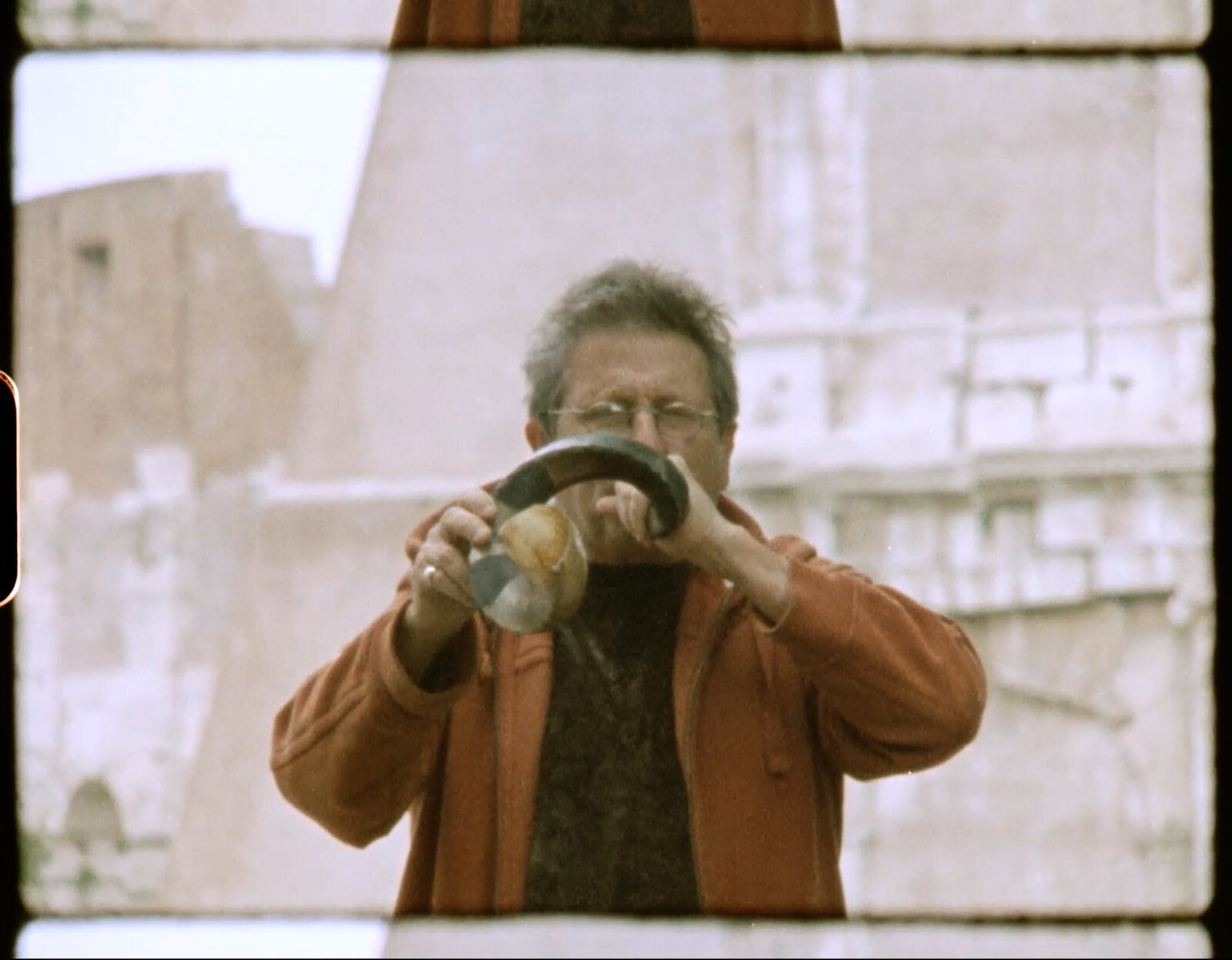Éric Baudelaire:
To Do With
Artist Talk and films-in-progress: Éric Baudelaire, When There is No More Music to Write and A Flower in the Mouth
Conversation: Éric Baudelaire and Stuart Comer
Tickets
Admission starts at $5
December 5, 2021, 6–8pm
Brooklyn, NY 11205
USA
e-flux Screening Room presents an artist talk by Éric Baudelaire, feeaturing his current films-in-progress When There is No More Music to Write and A Flower in the Mouth, and followed by a conversation between Baudelaire and curator Stuart Comer.
The evening comprises the sixth and closing event of Éric Baudelaire: To Do With, a four-day program taking place December 2-5 at e-flux Screening Room, 172 Classon Ave, Brooklyn. The program will present a selection of films and films-in-progress by Éric Baudelaire, in dialogue with works by Chantal Akerman and Naeem Mohaiemen, and followed by conversations with special guests Omar Berrada, Stuart Comer, Dennis Lim, Naeem Mohaiemen, Paige Sarlin, and Kaelen Wilson-Goldie.
Éric Baudelaire, When There is No More Music to Write
(film-in-progress)
In 1964, Alvin Curran, a young American composer from Providence, Rhode Island, classically trained at Brown and Yale universities, was in residence in Berlin. On a whim, he accompanied a friend on a road trip to Rome. The bustling sounds and chaos he found there captivated him to such an extent that he never left. Rome became a laboratory for his musical research in a remarkable period of innovation that began with an encounter he had shortly after his arrival: Franco Evangelisti, an older Italian composer told him, “Didn’t you know, Alvin, that there’s no more music to write?” Curran took this literally. He abandoned everything he had learned and began searching for solutions. One of them was to consider the sounds around him music: water pouring from Rome’s numerous fountains, the shouted dialogue between prisoners and their families echoing in the night above Trastevere prison, the migrating swallows returning from Africa.
Éric Baudelaire, A Flower in the Mouth
(film-in-progress)
A Flower in the Mouth is a film diptych about time running out, and living through the days that remain. The first act is set in Europe’s largest working structure, a refrigerated building the size of Monaco. Forty-six million flowers are flown in from farms in Africa and South America to be sold in this market every morning, moving through a computer-controlled mechanized process that evokes a twenty-first-century version of Charlie Chaplin’s Modern Times. The camera follows the journey of the flowers in a hypnotic visual anthropology filmed in long tracking shots, revealing a process that is at once mesmerizing because flowers are beautiful, and terrifying because it embodies the ecological aberrations of the present time.
The second act is a fiction adapted from a play by Luigi Pirandello, a piece about language, death and the observation of reality told through a series of trivial stories exchanged between two strangers. A man who has come to Paris to do some shopping has missed the last train and is waiting for morning to come in a bar near the railway station. There he meets another man, who says he has a flower-shaped tumor on the corner of his lips, and engages him in a conversation. Feeling death approaching, he clings to life by observing its activity scrupulously, tracking reality in its smallest details, as if to bridge the gap that separates him from the world of the living.
Both acts engage us in metaphysical and material ways, exploring a loose poetic of flowers, allegories of pending catastrophe, and the question of the human gaze. The diptych structure confronts two possibilities of cinema drawn-out in their purest forms, as means to chronicle a present that seems to edge ever closer towards disaster.

